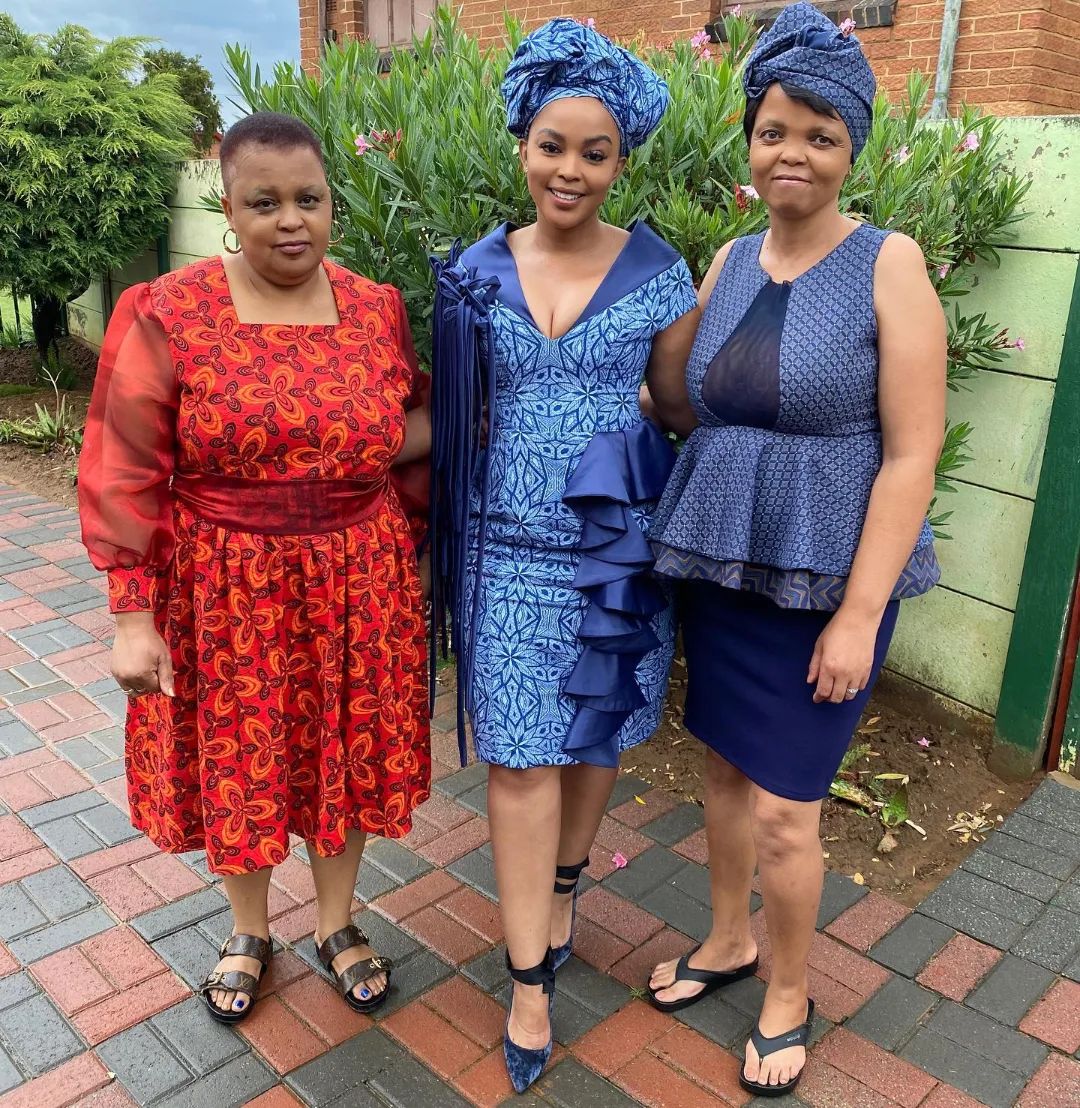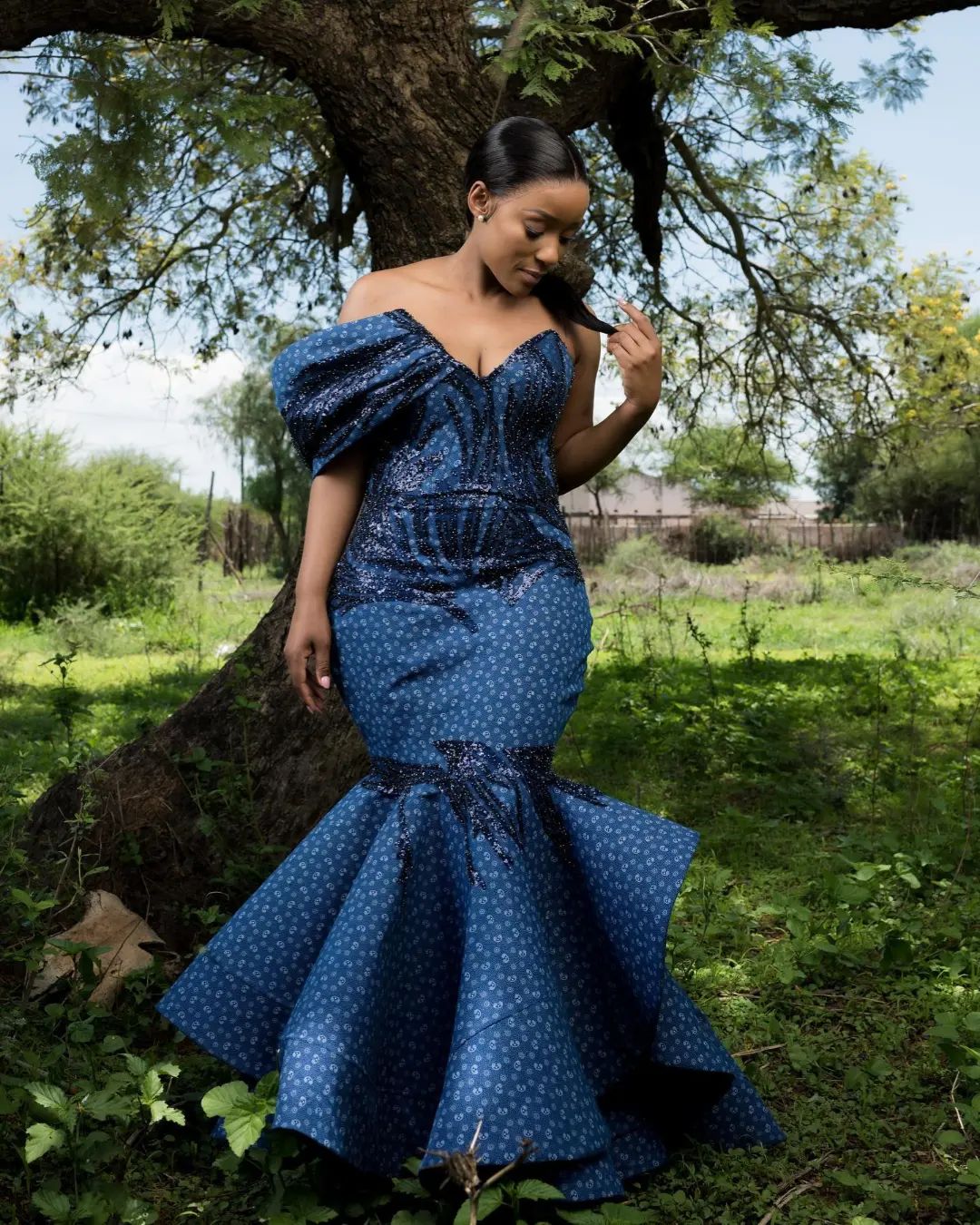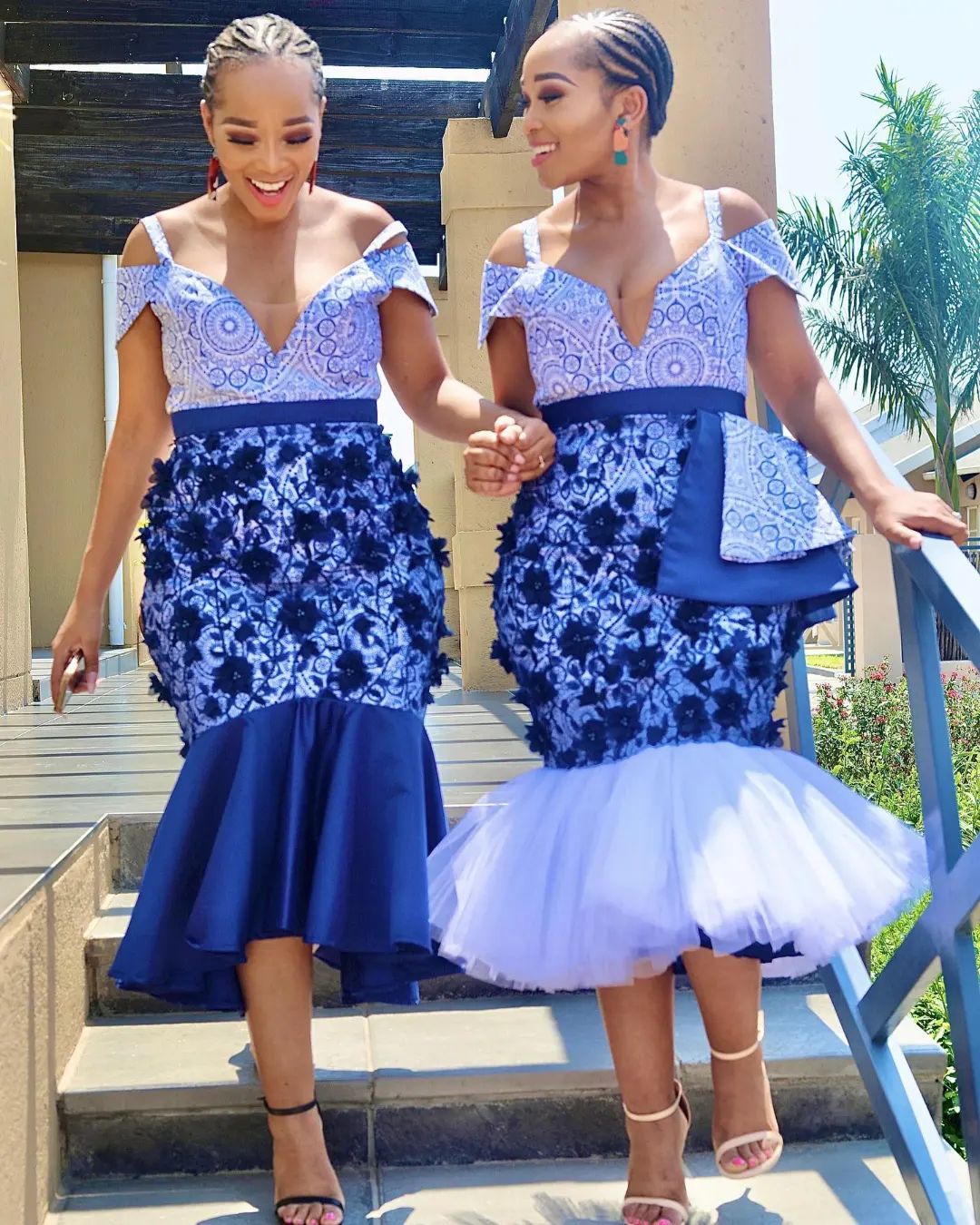Preserving Tswana Traditions: The Significance of Traditional Dress

Introduction
Preserving Tswana traditions is not just about honoring the past, but also about celebrating the rich cultural heritage of the Tswana people. One of the significant aspects of Tswana culture is traditional dress, which holds immense significance in their society.
Importance of preserving Tswana traditions
Preserving Tswana traditions, including traditional dress, is crucial for several reasons. It helps to maintain cultural identity and pride, keeping the Tswana heritage alive for future generations. Additionally, it fosters a sense of unity and belonging within the community. By upholding and promoting these traditions, the Tswana people can showcase their unique cultural identity to the world.


Overview of traditional dress in Tswana culture
Traditional dress in Tswana culture is diverse and varies based on different factors such as occasion, age, and marital status. It often includes vibrant and colorful garments adorned with intricate beadwork, embroidery, and patterns. The traditional dress reflects the cultural values, history, and social status of the Tswana people. It is not only a form of self-expression but also a way to celebrate and honor their ancestral heritage.
In conclusion, preserving Tswana traditions, particularly traditional dress, is essential for the cultural identity and pride of the Tswana people. By embracing and promoting these traditions, they can ensure that their rich heritage continues to thrive for generations to come.


Evolution of Tswana Traditional Dress
Tswana traditional dress holds immense cultural significance and has evolved over the years. Understanding its historical background and the impact of modernization is crucial in preserving this rich tradition.


Historical background of Tswana traditional dress
Tswana people have a long history that dates back centuries. Traditional dress played a vital role in expressing their identity, social status, and cultural heritage. Historically, clothing styles varied based on gender, age, and occasion. Fabrics like animal skins and various plant fibers were used to create unique garments. These clothing items were adorned with intricate beadwork and symbols that represented the wearer’s tribe and beliefs.


Influence of modernization on traditional dress
In modern times, Tswana traditional dress has been influenced by factors such as urbanization, globalization, and Western fashion trends. Traditional attire is now worn mainly during cultural celebrations and special occasions. However, efforts are being made to preserve and commemorate traditional dress through cultural festivals and educational initiatives. Younger generations are encouraged to embrace their heritage and incorporate traditional elements into contemporary fashion.
By understanding the historical significance and impact of modernization, the Tswana people can continue to preserve their traditions and pass them down to future generations. Traditional dress not only symbolizes their cultural identity but serves as a connection to their ancestors and a source of pride in their heritage.


Elements of Tswana Traditional Dress
Clothing styles and designs in Tswana culture
Tswana traditional dress is known for its vibrant colors, intricate patterns, and unique designs. The clothing styles often feature loose-fitting garments made from materials like traditional prints, animal hides, or hand-woven fabrics. Women typically wear a dress called a “leteise” or “kgalebe” adorned with decorative beadwork, while men wear a shirt called “sesele” and trousers or “shimosisi.” Traditional Tswana attire reflects the cultural heritage and pride of the community.


Symbolism and meaning behind Tswana traditional dress
Tswana traditional dress holds significant symbolism and meaning. Colors represent various aspects such as age, marital status, and social status. For example, red symbolizes courage and strength, while blue represents purity and peace. Patterns and beads carry messages about the wearer’s identity, lineage, and personal achievements. Additionally, traditional dress plays a vital role in preserving Tswana cultural traditions and celebrating important events like weddings, initiation ceremonies, and other festive occasions. By wearing traditional dress, the Tswana people not only honor their ancestors but also showcase their cultural pride to the world.


Preservation of Tswana Traditional Dress
Challenges in preserving Tswana traditional dress
Preserving Tswana traditional dress faces a variety of challenges in today’s rapidly changing world. One major challenge is the influence of Western fashion trends, which may lead younger generations to abandon their traditional attire in favor of modern clothing. Additionally, globalization and urbanization have led to a shift towards more Westernized lifestyles, further eroding the importance of traditional dress.


Efforts and initiatives to promote and protect the tradition
Despite these challenges, there are several initiatives and efforts aimed at preserving and promoting Tswana traditional dress. Organizations and cultural groups have been actively engaging in educational programs, workshops, and fashion shows to raise awareness about the beauty and significance of traditional attire. Many young designers are also incorporating elements of traditional dress into modern fashion styles, helping to revive the interest in Tswana clothing.
By actively engaging in these initiatives, the Tswana community can ensure that their traditional dress continues to be celebrated and valued for generations to come. It is through these collective efforts that the rich heritage and cultural identity tied to Tswana traditional dress can be preserved and cherished.


Cultural Significance of Tswana Traditional Dress
Tswana traditional dress holds a deep cultural significance that goes beyond its aesthetic value. It plays a vital role in Tswana ceremonies and celebrations, serving as a symbol of cultural heritage and identity.
Role of traditional dress in Tswana ceremonies and celebrations
Traditional dress forms an integral part of Tswana ceremonies and celebrations, such as weddings, initiation rituals, and traditional festivals. It serves as a visual representation of the community’s values, customs, and social status. Each garment and accessory holds meaning and tells a story, connecting individuals to their ancestors and preserving their cultural traditions.

Building a sense of identity and pride through traditional dress
Wearing Tswana traditional dress builds a strong sense of identity and pride within the community. It fosters a connection to their cultural roots and strengthens the bond among Tswana people. By dressing in traditional attire, individuals take part in preserving their heritage and showcasing their unique cultural identity to the world.
In conclusion, Tswana traditional dress is not merely clothing; it is an essential part of cultural preservation and identity. By embracing and wearing traditional dress, the Tswana community keeps their customs alive and passes them on to future generations.













